TL;DR
Well-executed Airbnb interior design reliably raises average daily rate and occupancy, boosting total revenue. Timeless styles like biophilic, Scandinavian, and modern farmhouse win clicks, command higher prices, and turn first-time guests into repeat fans.
TL;DR (Quick Take)
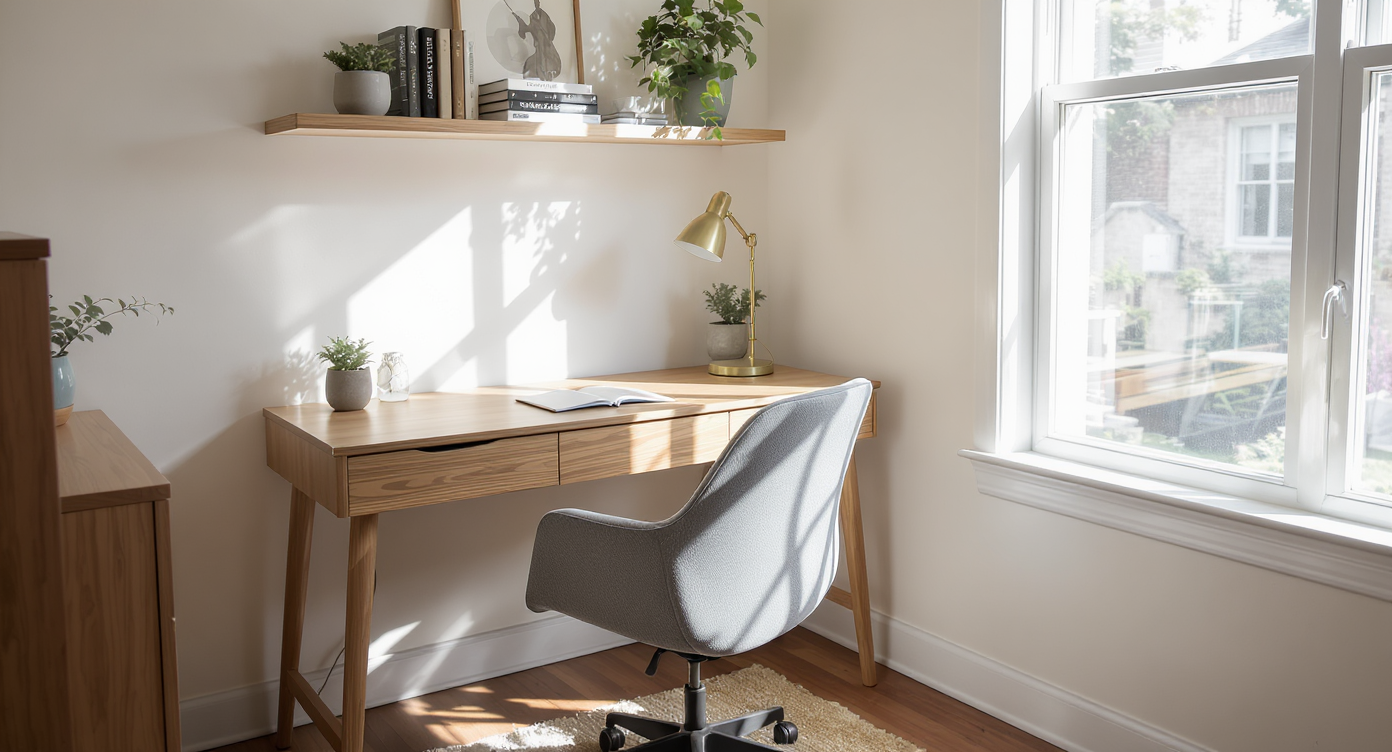
Smart interior touches like a cozy workspace can enhance guest experience and increase booking rates.
Smart Airbnb interior design lifts bookings and ADR. See timeless trends, ROI stats, and step-by-step tips to maximize STR revenue.
Beautiful spaces sell nights. Across U.S. markets, operators who invested in thoughtful short-term rental design report double-digit gains in pricing power and steadier occupancy. In real terms, hosts frequently see 10–25% higher ADR after a strategic refresh, with standout projects stretching to 40–60% in competitive urban cores.
Design Is the New Amenity in Short‑Term Rentals
Airbnb interior design isn’t just pretty pictures; it’s performance marketing for your space. In a world where 90% of guests choose from photos first, presentation acts like a revenue lever. Market analysts note that listings with cohesive design systems, clear themes, and functional layouts consistently outrank bare-bones competitors on price and page position.
Here’s the thing: design affects both conversion and guest experience. Owners who make deliberate choices—materials that wear well, lighting that flatters, furniture that fits—see fewer complaints, stronger review velocity, and more repeat bookings. One Denver host told me her revamped one-bedroom went from sporadic weekends to near sell-outs within two months, solely from a design-forward relaunch and refreshed photography.
Alt text: Sunlit living room with neutral sofa, layered textures, and a leafy plant anchoring the corner.
Anecdote
A San Diego micro-studio aimed at digital nomads added an ergonomic desk, neutral Scandinavian styling, and hotel-grade linens. Occupancy landed below the city average, but ADR came in roughly two-thirds higher than comparable studios. The net: more monthly revenue with fewer turns and cleaner margins.
What the Numbers Say Nationwide
Nationally, short-term rentals with unique interiors and a clear style identity earn more. Industry reports show well-styled listings often post 15–30% higher revenue per available night than comparable, undifferentiated units. In some design-led hospitality models, operators have reported revenue multiples above standard hotels, pointing to the premium guests place on memorable spaces.
Design value also shows up at resale. Real estate analysts note that thoughtfully executed interiors can add around 10–15% to perceived property value, especially when the improvements are durable, on-trend, and photograph well. If charted, the spread would show a consistent ADR edge for styled listings across urban, coastal, and mountain markets, with the biggest gaps in destinations where supply outpaces demand.
Mini case study: A boutique 15-key property in a historic district relaunched rooms after a full design overhaul. Occupancy edged past the city average by roughly 6 points, but the real win was ADR—about a 25% premium over nearby comps. Lesson: even modest occupancy gains can translate into outsized revenue when pricing power improves.
Where Design ROI Is Strongest
Design ROI varies by location and traveler profile. Waterfront and view-centric properties command especially strong premiums; hospitality researchers have found guests willing to pay notably more for water adjacency and vistas. In mountain and lake destinations, that premium stacks with warm, natural materials and biophilic cues that echo the outdoors.
Timeless winners keep showing up in the booking data:
- Biophilic design for vacation rentals: Nature-forward palettes, plants, rattan, linen, and wood soften spaces and reduce visual clutter. Hosts report 10–20% ADR bumps after layering greenery and textured neutrals that photograph beautifully.
- Scandinavian Airbnb design: Clean lines and calm color schemes make small spaces read bigger in photos. Operators often see faster scroll-stopping power and fewer pre-booking questions when layouts are intuitive and furnishings are scaled correctly.
- Modern farmhouse for STRs: Warm woods, matte black hardware, and cozy textiles create a familiar, comfort-first vibe that tests well with families and multi-generational groups.
Composite anecdote: An Asheville cabin owner leaned into biophilic design—sage walls, stone accents, oversized plants—and swapped heavy drapes for sheers. Year over year, ADR rose 22% with reviews repeatedly citing “serene,” “restful,” and “exactly like the photos.”
Alt text: Cozy modern farmhouse living room with oak beams, cream sofa, black iron accents, and layered rugs.
Why Guests Pay More for Good Design
Most guests make a stay-or-skip judgment in seconds. Designers often say the first three listing photos do the heavy lifting: if natural light, seating, and sleep look inviting, click-through rates climb. Hosts who A/B test hero images regularly see 25–40% more clicks when they lead with an airy, well-composed living shot rather than a wide, empty corner.
It’s behavioral economics in action. Guests pay for certainty—certainty that a sofa fits a family movie night, that the desk isn’t a wobbly afterthought, that the kitchen will cook a proper meal. Clarity reduces friction. In one Charlotte townhouse redesign, the owner standardized furniture heights, added a true king bed, and staged a laptop-ready nook. Occupancy stayed near market, but ADR jumped over 60% versus nearby comps, ultimately producing higher monthly revenue with fewer nights sold.
Sub-trend: The biggest wins happen before booking. Photo-led improvements boost impressions, while functional upgrades cut pre-stay questions and on-site complaints. Market managers report that dedicated work zones, quality mattresses, and dimmable lighting can reduce maintenance tickets and negative reviews by meaningful margins.
Visualization Scenario
Imagine swapping a bulky sectional for a slim linen sofa and two accent chairs, then grounding the zone with a natural fiber rug. With virtual design, test a soft sage wall and oak coffee table. If the hero photo instantly feels brighter and more spacious, you’ve validated the layout change before buying a single piece.
FAQ
How should I approach Airbnb interior design to maximize STR revenue?
Focus on a cohesive theme and photo-led staging; hosts often see 10–25% higher ADR when Airbnb interior design aligns with guest expectations and local demand.
What’s the best way to style a short-term rental for higher occupancy?
Prioritize comfort basics (king bed, great lighting, workspace) and calm palettes; this short-term rental design approach improves reviews and nudges occupancy up.
Does biophilic design really help with bookings in vacation rentals?
Yes. Biophilic design for Airbnb listings photographs well and signals relaxation; many operators report 10–20% ADR gains after nature-forward updates.
Should I hire an interior designer for my Airbnb or DIY?
If your market is competitive or high-rate, a designer can pay back through higher ADR and better reviews; for simple spaces, a DIY refresh plus pro photos can suffice.
What are the best home improvements before renting on Airbnb?
The best home improvements before renting include a quality mattress, layered lighting, durable sofas, and updated paint—reliable ROI items for Airbnb staging.
What’s Next for STR Design
Not every market rewards design equally. Where inventory is ultra-tight—think high-demand tech hubs or ski peaks in prime weeks—scarcity can overshadow styling. Some urban micro-markets also maintain strong calendars on location alone. Still, even in supply-constrained areas, curated interiors help justify premium pricing and protect ratings when the novelty wears off.
Actionable next steps for hosts and property managers:
- Audit the photos first for real estate marketing impact. Lead with light, seating, and sleep. Refresh quarterly; many pros reshoot after seasonal tweaks.
- Choose one clear theme (biophilic, Scandinavian, or modern farmhouse) and carry it room to room to prevent “furniture store mashup.”
- Invest where it pays back: king bed, layered lighting, durable fabrics, blackout + sheers, and a defined workspace. Expect a 10–20% ADR lift from a well-executed bundle.
- Localize with restraint: a few artisan pieces, regional art, and a color cue from the landscape. Over-theming can read gimmicky and date fast.
- Track the metrics: monitor ADR, occupancy, review score, and RevPAN. If ADR rises faster than occupancy falls, you’re winning.
Looking ahead, design clarity and visualization will matter even more. As travelers compare dozens of listings on mobile, spaces that photograph honestly—and show flexible layouts—will keep earning the click. Tools like ReimagineHome let hosts and agents virtually test finishes, furniture layouts, and style options, reducing guesswork and preempting buyer or guest hesitation before money is on the line.
.svg)

.svg)

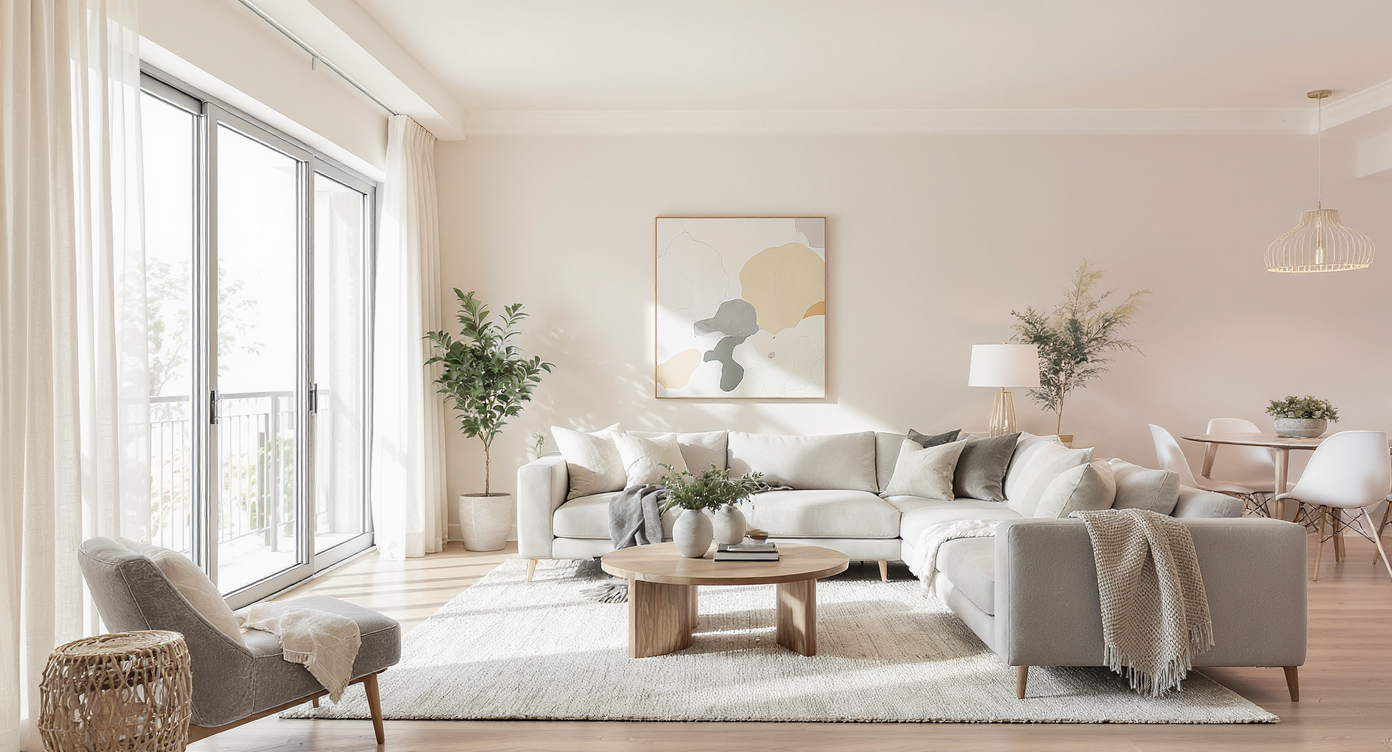
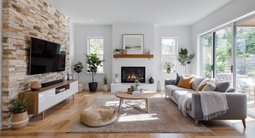
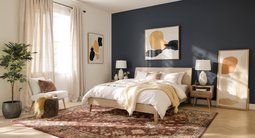

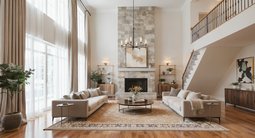
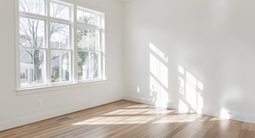
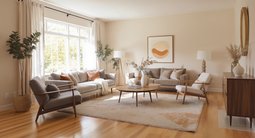
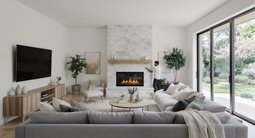
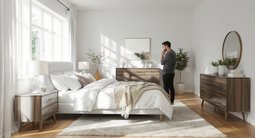
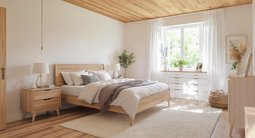
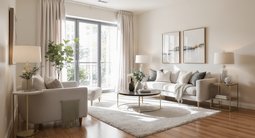


.png)